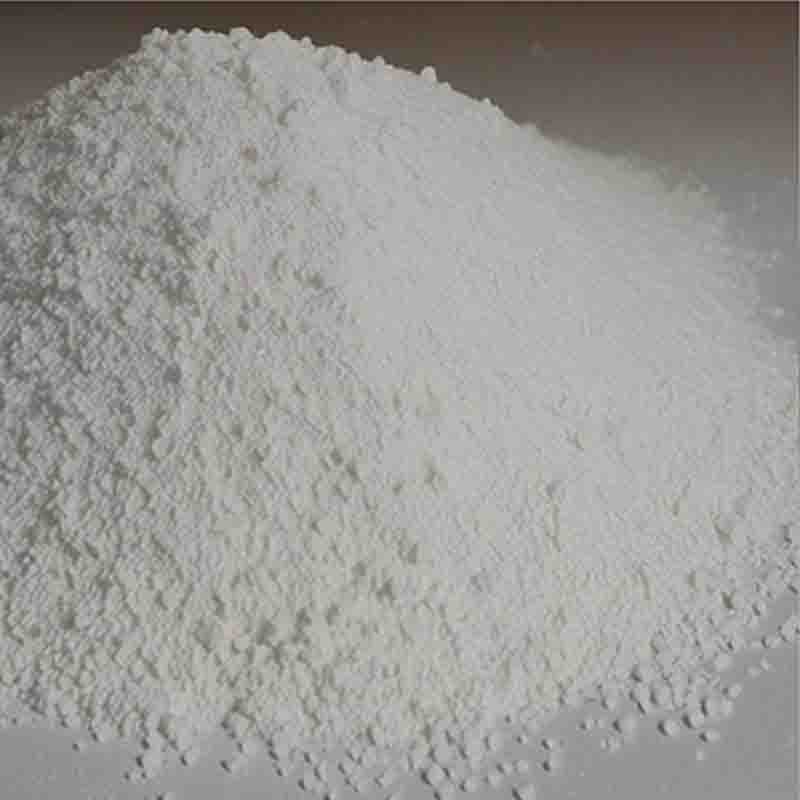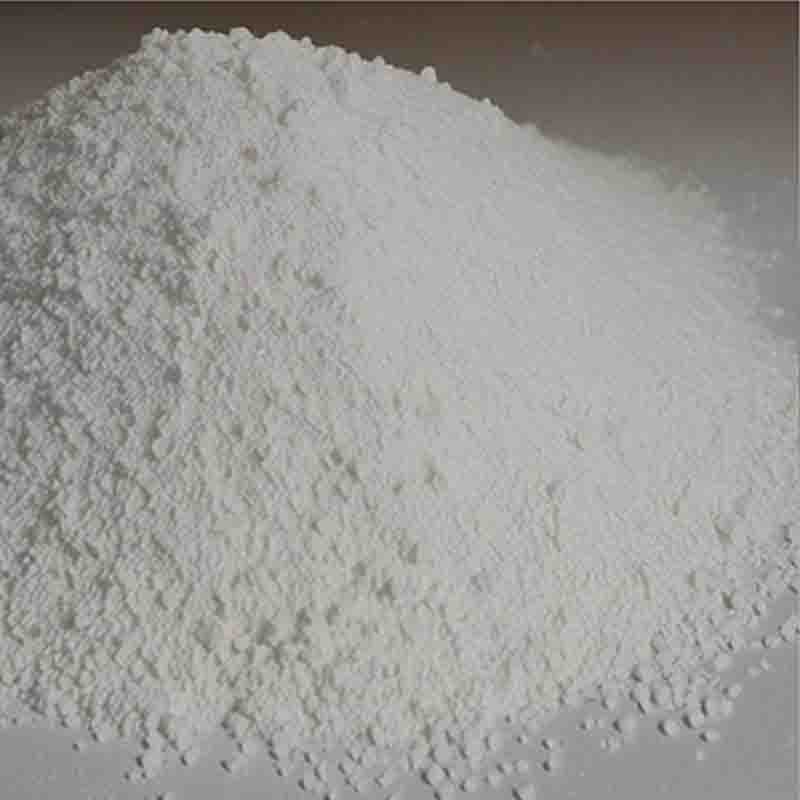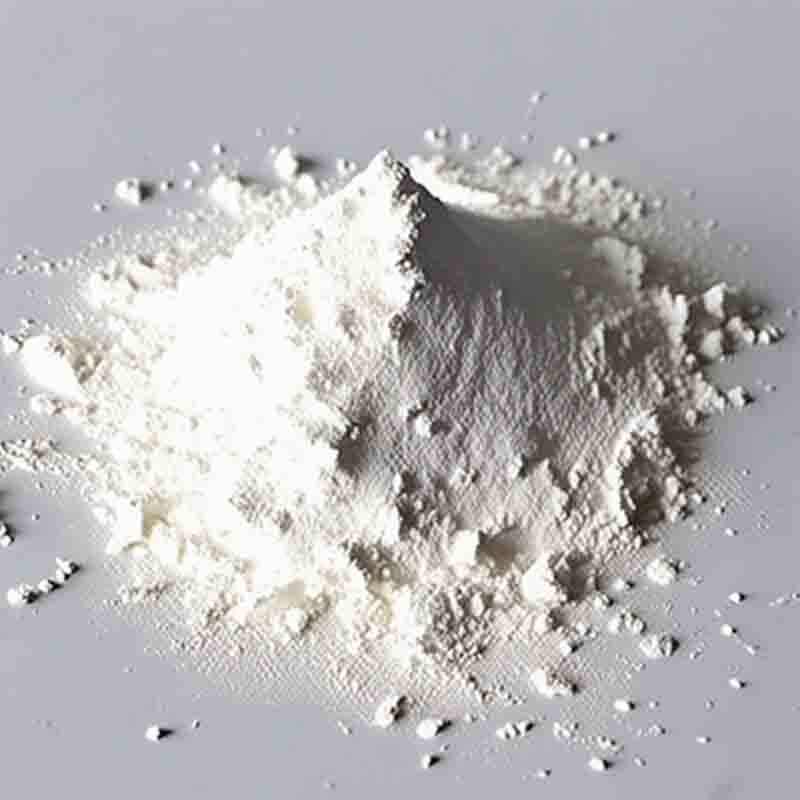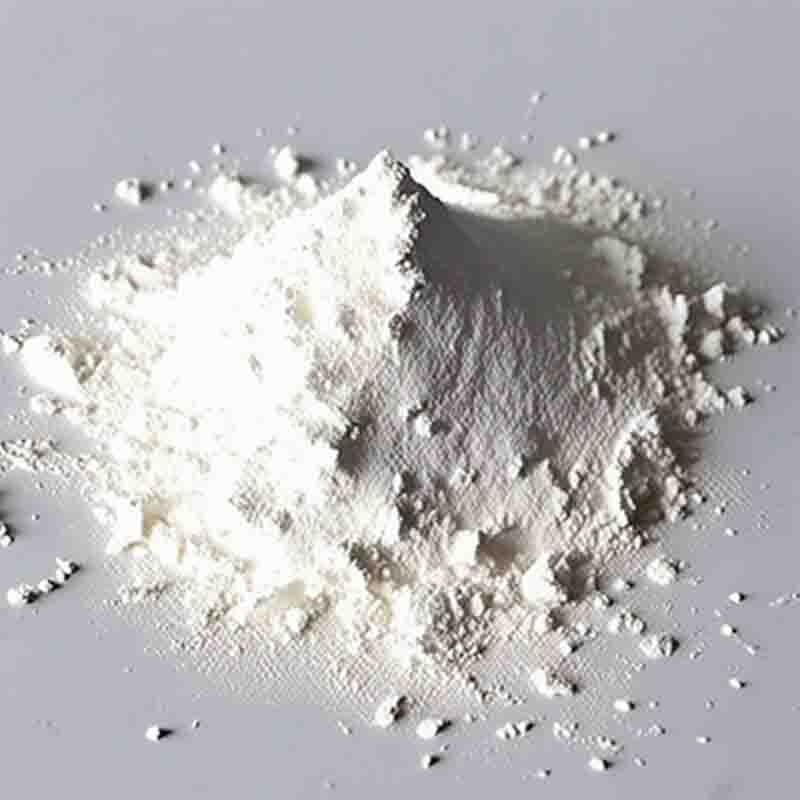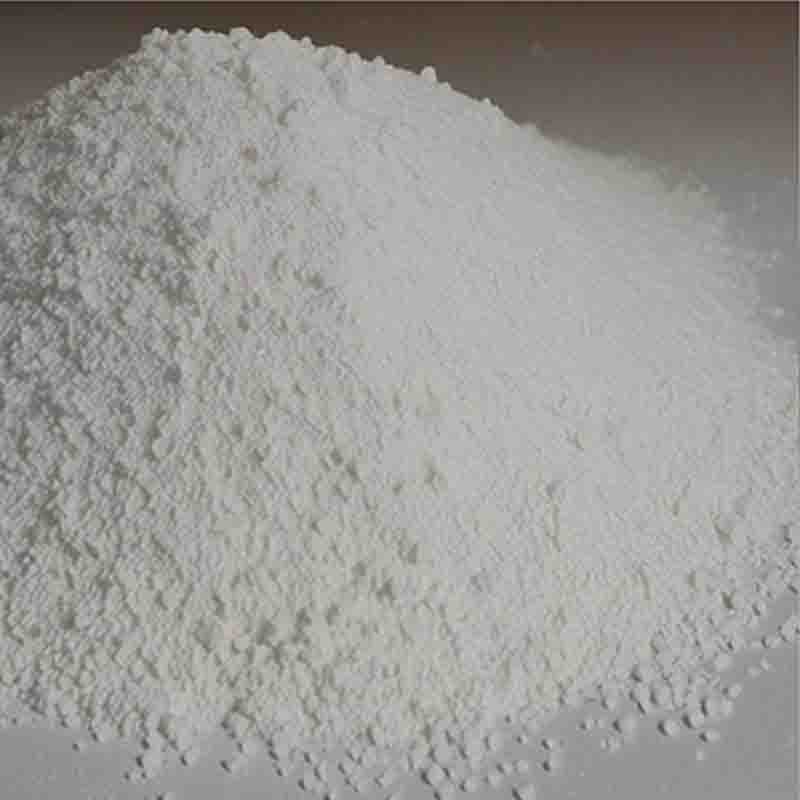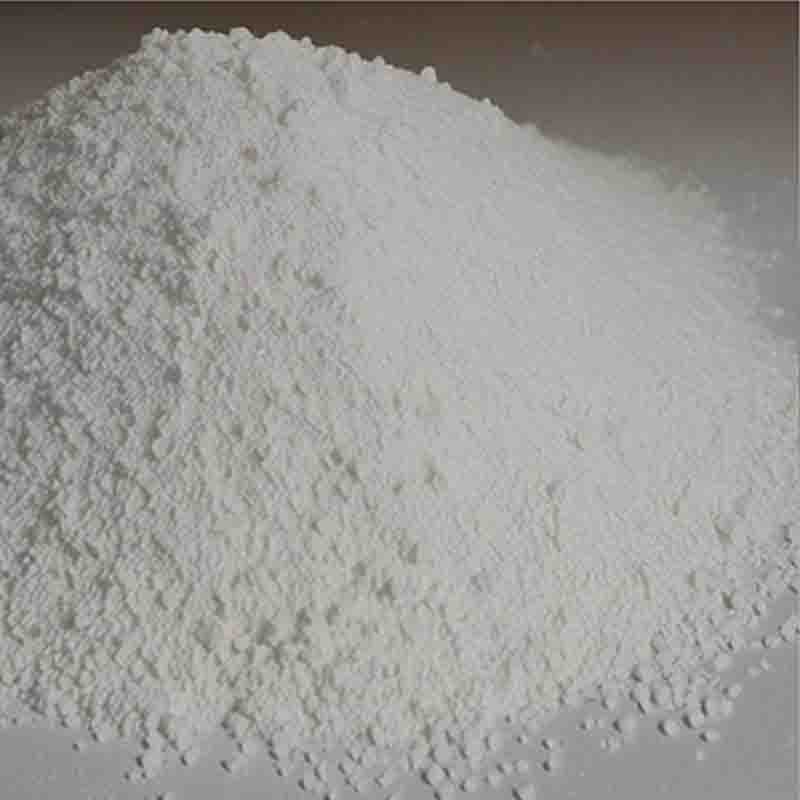4-Chloro-3-(trifluoromethyl)phenylisocyanate CAS:327-78-6
| Catalog Number | XD95300 |
| Product Name | 4-Chloro-3-(trifluoromethyl)phenylisocyanate |
| CAS | 327-78-6 |
| Molecular Formula | C8H3ClF3NO |
| Molecular Weight | 221.56 |
| Storage Details | Ambient |
Product Specification
| Appearance | White powder |
| Assay | 99% min |
4-Chloro-3-(trifluoromethyl)phenylisocyanate is an organic compound that exhibits unique effects and potential applications in various fields.One significant effect of 4-Chloro-3-(trifluoromethyl)phenylisocyanate is its reactivity as a highly reactive isocyanate compound. Isocyanates are widely used in industrial processes, primarily in the production of polyurethane foams, coatings, and adhesives. The presence of the chloro group (-Cl) and the trifluoromethyl group (-CF3) in this compound provides it with increased stability and chemical reactivity. This makes it a valuable compound for the synthesis of polyurethanes, allowing for the formation of durable and versatile materials with applications in various industries, including automotive, construction, and furniture manufacturing.Furthermore, 4-Chloro-3-(trifluoromethyl)phenylisocyanate can have potential applications in the development of pharmaceuticals. Isocyanates have shown promise as building blocks for the synthesis of biologically active compounds and drug candidates. The unique chemical structure of this compound may allow for the introduction of different functional groups, as well as modifications to its size, shape, and hydrophobicity. This flexibility in structure modification can be advantageous for optimizing the compound's interaction with biological targets, enhancing its potency, and reducing potential side effects. Further research is needed to explore the specific pharmacological effects and applications of 4-Chloro-3-(trifluoromethyl)phenylisocyanate in this context.Additionally, the trifluoromethyl group in 4-Chloro-3-(trifluoromethyl)phenylisocyanate can enable applications in materials science. The presence of fluorine atoms can enhance the compound's stability, lipophilicity, and electron-withdrawing ability. This makes it a potentially valuable precursor for the synthesis of fluorinated materials. Fluorinated compounds are known for their unique properties, such as high thermal and chemical stability, as well as improved electrical and optical properties. These materials find applications in diverse fields, including electronics, energy storage, and advanced coatings.In conclusion, 4-Chloro-3-(trifluoromethyl)phenylisocyanate exhibits important effects and potential applications in the production of polyurethanes, pharmaceuticals, and materials science. Its reactivity and stability make it a valuable compound in the synthesis of polyurethane-based materials. Furthermore, the compound's potential as a building block for the development of biologically active compounds offers possibilities in drug discovery. Lastly, the presence of the trifluoromethyl group provides avenues for the synthesis of fluorinated materials with enhanced properties. Further research and exploration of the effects and applications of 4-Chloro-3-(trifluoromethyl)phenylisocyanate are necessary to fully utilize its potential in these fields.


